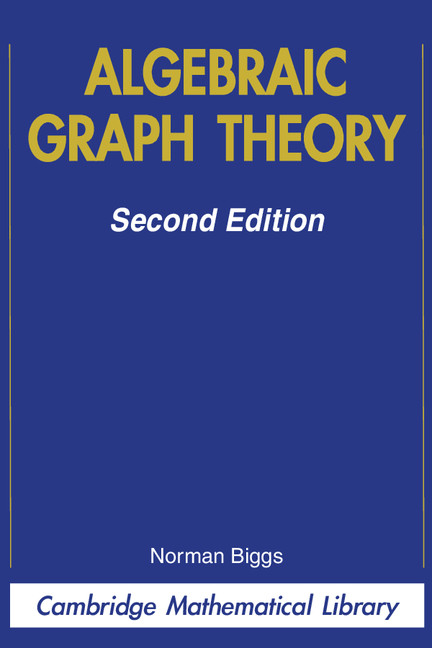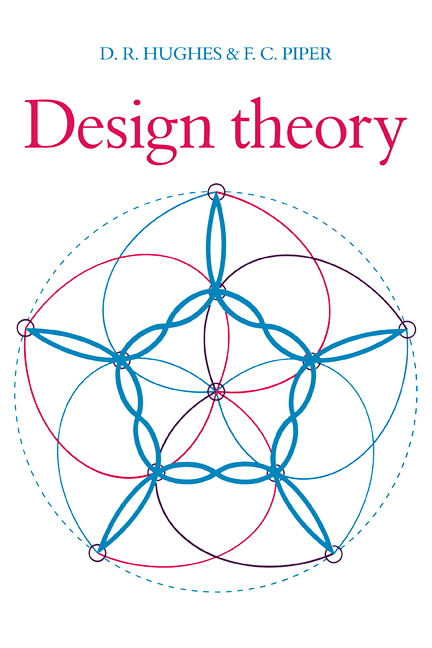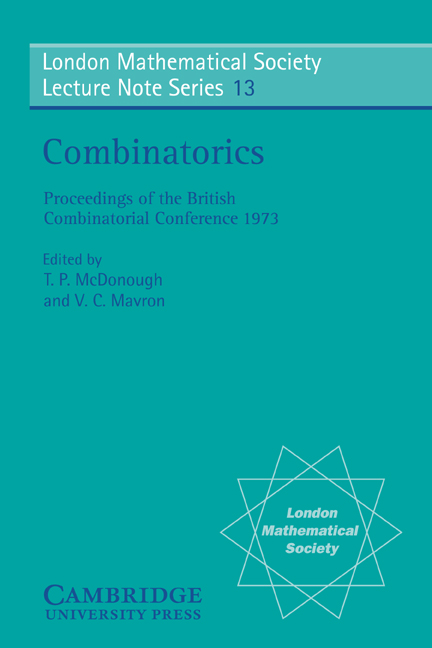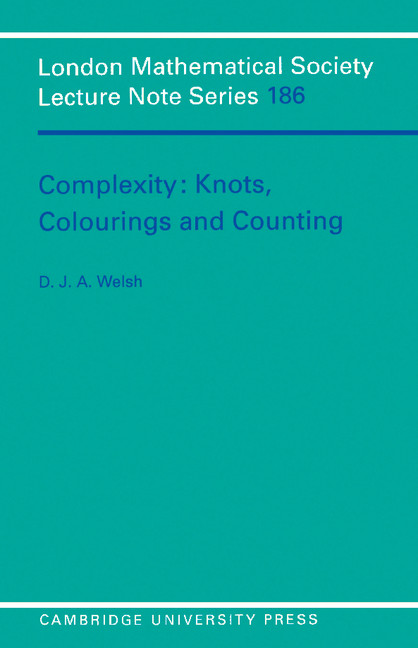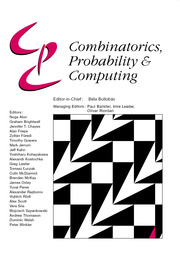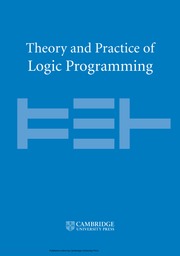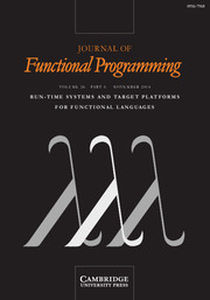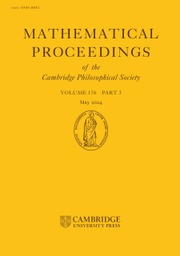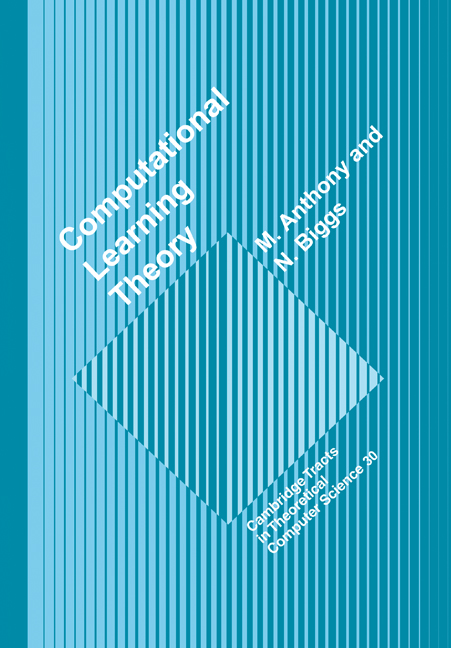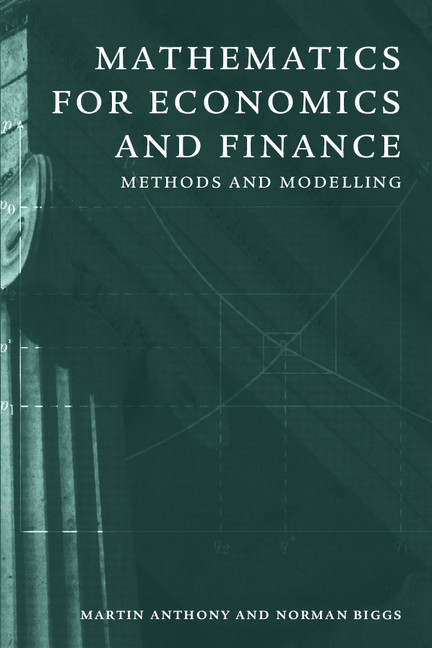Interaction Models
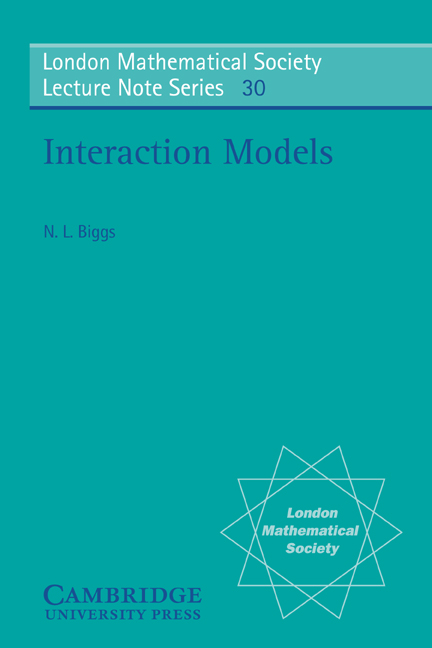
Interaction Models
Looking for an examination copy?
If you are interested in the title for your course we can consider offering an examination copy. To register your interest please contact [email protected] providing details of the course you are teaching.
$50.00
USDThis book is based on a set of lectures given to a mixed audience of physicists and mathematicians. The desire to be intelligible to both groups is the underlying preoccupation of the author. Physicists nowadays are particularly interested in phase transitions. The typical situation is that a system of interacting particles exhibits an abrupt change of behaviour at a certain temperature, although the local forces between the particles are thought to be smooth functions of temperature. This account discusses the theory behind a simple model of such phenomena. An important tool is the mathematical discipline known as the Theory of Graphs. There are five chapters, each subdivided into sections. The first chapter is intended as a broad introduction to the subject, and it is written in a more informal manner than the rest. Notes and references for each chapter are given at the end of the chapter.
Product details
March 2011Adobe eBook Reader
9780511891885
0 pages
0kg
This ISBN is for an eBook version which is distributed on our behalf by a third party.
Often bought together
Algebraic Graph Theory
: Paperback
Design Theory
: Paperback
Combinatorics
: Paperback
Complexity: Knots, Colourings and Countings
: Paperback
Often bought together
This title is available for institutional purchase via Cambridge Core
Learn more
Related Journals
Combinatorics, Probability and Computing
: Journal
Published bimonthly, Combinatorics, Probability & Computing is devoted to the three areas of combinatorics, probability theory and theoretical computer science. Topics covered include classical and algebraic graph theory, extremal set theory, matroid theory, probabilistic methods and random combinatorial structures; combinatorial probability and limit theorems for random combinatorial structures; the theory of algorithms (including complexity theory), randomised algorithms, probabilistic analysis of algorithms, computational learning theory and optimisation.
Theory and Practice of Logic Programming
: Journal
Theory and Practice of Logic Programming emphasises both the theory and practice of logic programming. Logic programming applies to all areas of artificial intelligence and computer science and is fundamental to all of them. Among the topics covered are AI applications that use logic programming, logic programming methodologies, specification, analysis and verification of systems, inductive logic programming, multi-relational data mining, natural language processing, knowledge representation, nonmonotonic reasoning, semantic web reasoning, databases, implementations and architectures and constraint logic programming.
Journal of Functional Programming
: Journal
Journal of Functional Programming is the only journal devoted solely to the design, implementation, and application of functional programming languages, spanning the range from mathematical theory to industrial practice. Topics covered include functional languages and extensions, implementation techniques, reasoning and proof, program transformation and synthesis, type systems, type theory, language-based security, memory management, parallelism and applications. Special tracks are devoted to tools and applications, commercial uses and education; pearl-type papers are encouraged. For more details see the Advice for Authors page..Manuscripts for consideration in the Journal of Functional Programming should be submitted electronically, via Scholar One ManuscriptsTM: http://mc.manuscriptcentral.com/cup/jfp_submit. See Instructions for Contributors.
Mathematical Proceedings of the Cambridge Philosophical Society
: Journal
Mathematical Proceedings is one of the few high-quality journals publishing original research papers that cover the whole range of pure and applied mathematics, theoretical physics and statistics. All branches of pure mathematics are covered, in particular logic and foundations, number theory, algebra, geometry, algebraic and geometric topology, classical and functional analysis, dynamical systems, probability and statistics. On the applied side, mechanics, mathematical physics, relativity and cosmology are included.
Related Journals
Also by this Author
$54.99 USD
$51.99 USD
Out of Print
$64.99 USD
$81.00 USD
Also by this Author
Table of Contents
- 1. Preview
- 2. Methods
- 3. Duality
- 4. Expansions
- 5. Prospects.
- Norman L. Biggs
Author
Browse by related subject
- Abstract analysis
- Algebra
- Computational science
- Differential and integral equations, dynamical systems and control
- Discrete mathematics, information theory and coding
- Fluid dynamics and solid mechanics
- Geometry and topology
- Historical mathematical texts
- History of mathematics
- Logic, categories and sets
- Mathematical biology
- Mathematical finance
- Mathematical modelling and methods
- Mathematical physics
- Mathematical tables and handbooks
- Mathematics (general)
- Number theory
- Numerical analysis
- Numerical recipes
- Optimization, OR and risk analysis
- Real and complex analysis

